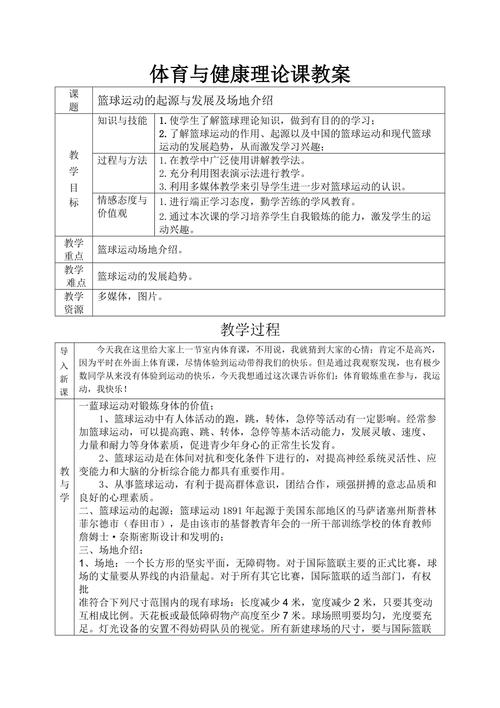健康教案静态平衡教学反思
Title: Understanding Static Equilibrium in Health Education

Static equilibrium is a crucial concept in health education, particularly concerning the human body's biomechanics and balance. Achieving and maintaining static equilibrium is essential for proper posture, injury prevention, and overall wellbeing. Let's delve into the intricacies of static equilibrium and explore its significance in promoting health.
What is Static Equilibrium?
Static equilibrium refers to a state where an object is at rest and experiencing no net force or torque. In the context of the human body, it involves maintaining stability and balance while stationary, such as standing or sitting.
Importance of Static Equilibrium in Health
1.
Posture Maintenance
: Proper static equilibrium ensures that the body's alignment is optimal, reducing strain on muscles, joints, and ligaments. Good posture not only prevents musculoskeletal issues but also enhances confidence and appearance.2.
Injury Prevention
: When the body is in static equilibrium, the risk of falls and injuries is minimized. Strong core muscles and a wellaligned spine contribute to stability and decrease the likelihood of accidents, particularly in older adults.3.
Functional Movement
: Static equilibrium forms the foundation for dynamic movements. By mastering static balance, individuals can perform activities of daily living with efficiency and ease, enhancing functional independence.Factors Affecting Static Equilibrium
1.
Muscle Strength and Coordination
: Strong and coordinated muscles play a pivotal role in maintaining static equilibrium. Core muscles, in particular, provide stability to the spine and pelvis.2.
Sensory Input
: The integration of sensory information from the vestibular system, vision, and proprioception (awareness of body position) is crucial for balance control. Any impairment in these sensory systems can disrupt static equilibrium.3.
Footwear and Surfaces
: The type of footwear worn and the characteristics of the surface being stood upon influence static equilibrium. Proper footwear with adequate support and traction enhances stability, while uneven or slippery surfaces increase the challenge of maintaining balance.Strategies for Improving Static Equilibrium
1.
Strength and Balance Exercises
: Incorporating strength and balance exercises into daily routines can enhance muscle tone and coordination, thus improving static equilibrium. Activities such as yoga, Pilates, and tai chi are particularly beneficial.2.
Proprioception Training
: Engaging in exercises that challenge proprioceptive awareness, such as standing on one leg or using balance boards, can sharpen proprioception and contribute to better static equilibrium.3.
Environmental Modifications
: Minimizing hazards in the environment, such as cluttered walkways or slippery floors, reduces the risk of falls and promotes static equilibrium.4.
Regular Eye Exams
: Ensuring optimal vision through regular eye examinations is essential for maintaining balance and preventing falls, especially in older adults.Conclusion
Static equilibrium is a fundamental aspect of health education, with implications for posture, injury prevention, and functional movement. By understanding the factors influencing static equilibrium and implementing appropriate strategies, individuals can enhance their balance control and overall wellbeing. Prioritizing activities that promote static equilibrium is integral to leading a healthy and active lifestyle.
For further guidance on improving static equilibrium or addressing specific concerns, consulting a healthcare professional or physical therapist is recommended.





![肖战整体素质不错,对人也很有礼貌。虽然是个暖男,但性格中有倔强的一面,而且最扛事情(《燃烧吧少年》节目舞蹈创意总监Kenn评) [15] 。肖战有优越的身高、元气的笑容,言谈间散发出一种邻家学长的亲和气质(澎湃新闻评) [14] 。肖战是一个具有潜力的人,在唱歌时,音乐与他融为了一体(舒淇评) [12] 。](https://100di.net/zb_users/theme/ydblue/include/random/1.jpg)





